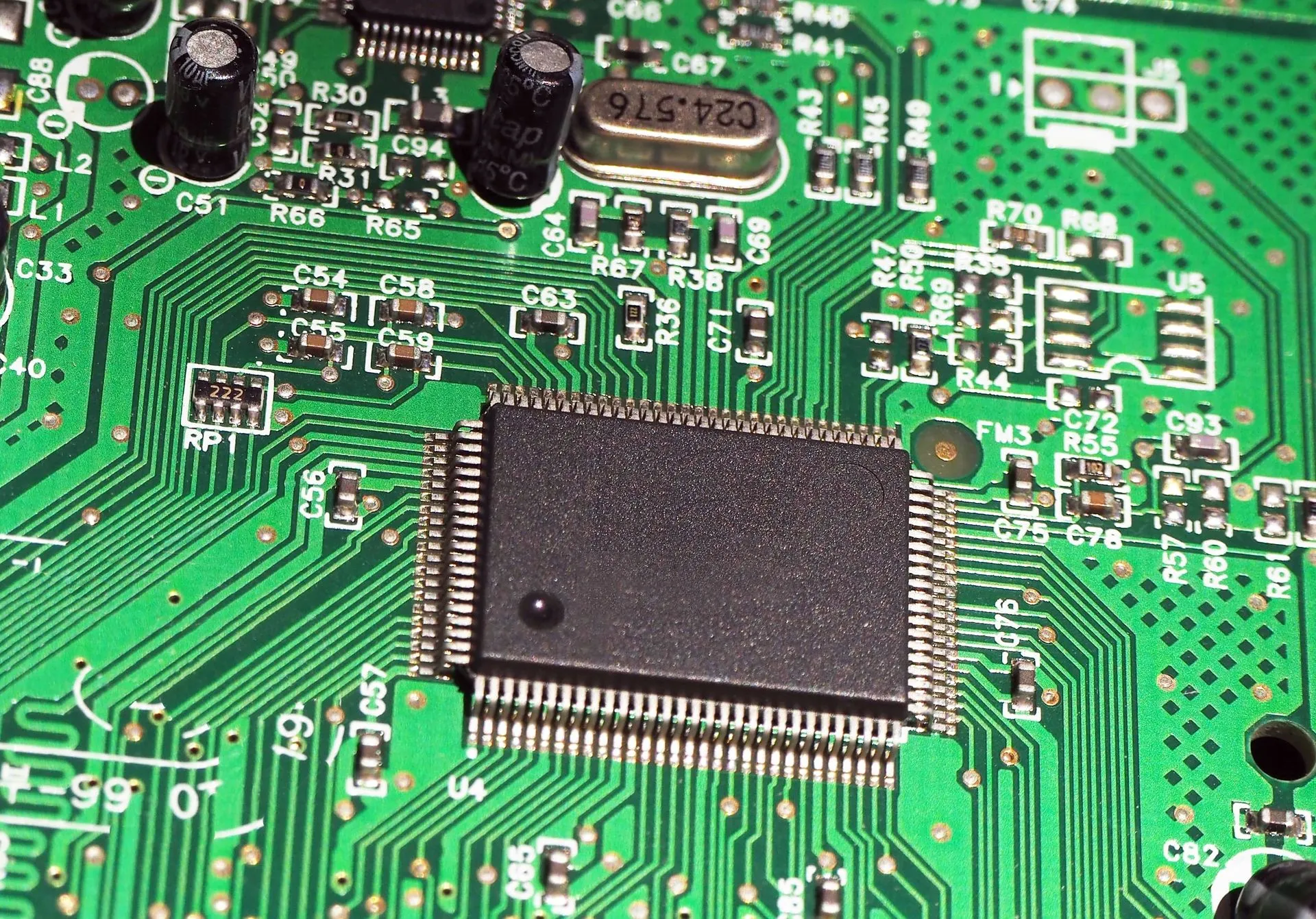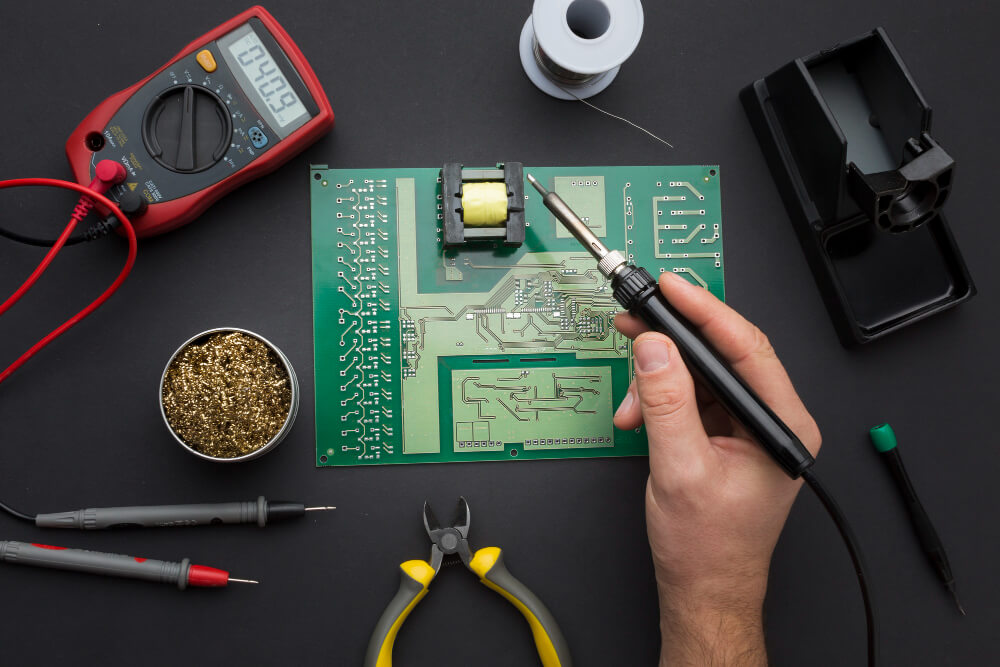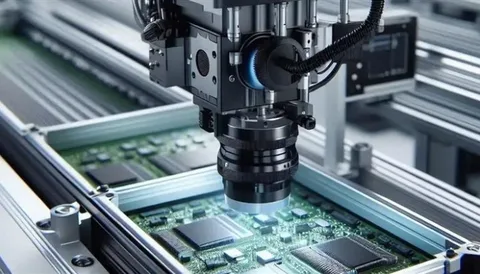In today’s fast-paced market, the ability to innovate quickly and efficiently can make or break a company. Whether you’re a startup launching a new product or an established business updating your product line, having a streamlined New Product Introduction (NPI) process backed by effective prototyping best practices is essential. By integrating rapid prototyping with strategic NPI workflows, companies can reduce time-to-market, lower development costs, and deliver better products to their customers.
Let’s dive into how prototyping and NPI best practices accelerate innovation, and what steps you can take to make your process more agile and effective.
What Is NPI and Why It Matters for Innovation
New Product Introduction (NPI) refers to the entire process of bringing a new product from concept to market. It includes everything from early-stage ideation to design, prototyping, testing, and manufacturing.
A successful NPI process ensures:
- Faster development cycles
- Fewer production issues
- Better alignment between design, engineering, and manufacturing
When done right, NPI best practices for faster innovation help businesses respond to customer needs more quickly and stand out in competitive markets.
The Role of Prototyping in the NPI Process
One of the key elements in accelerating NPI is effective prototyping. Creating physical or digital prototypes allows teams to test ideas early, identify issues, and refine designs before committing to full-scale production.
Here’s how prototyping speeds up product development:
1. Quick Feedback and Iteration
Prototypes help gather feedback from stakeholders, end users, and engineers. With early insights, teams can make fast design tweaks and avoid costly revisions down the line.
2. Functional Testing
Whether it’s a 3D-printed part or a working electronic assembly, prototypes validate design feasibility and performance. This reduces the risk of failures post-launch.
3. Stakeholder Buy-in
A tangible prototype can be more convincing than a slide deck. It helps secure stakeholder approvals and funding by showcasing progress and product potential.
Best Practices for Prototyping in NPI
To truly leverage prototyping in NPI, follow these best practices for new product prototyping:
1. Start with Low-Fidelity Models
Use sketches, digital wireframes, or basic 3D prints in the early phase. These quick, inexpensive models help explore ideas without overcommitting resources.
2. Iterate Quickly
Rapid iteration is the key to improvement. Test, tweak, and retest to validate assumptions and improve functionality.
3. Use the Right Tools and Materials
Choose prototyping tools and materials that reflect the function and look of the final product, especially in later stages. This leads to more realistic testing.
4. Integrate Feedback Loops
Make sure your prototyping process includes regular review sessions with designers, engineers, and even end users.
5. Align with Manufacturing Constraints
Design your prototypes with production in mind. That means considering tolerances, materials, and manufacturing capabilities to avoid rework later.
NPI Strategies for Rapid Innovation
A well-oiled NPI process involves more than just prototyping. Here are some NPI strategies for rapid innovation that companies can adopt:

1. Cross-Functional Collaboration
Break down silos between departments. When engineering, marketing, design, and manufacturing teams work together from the start, products reach the market faster with fewer hiccups.
2. Phase-Gate Approach
Break your development into clear stages (e.g., concept, design, prototype, validation, launch). At each gate, assess progress and risks before moving forward.
3. Digitization and Simulation
Use digital twins and simulations to test designs virtually before physical prototyping. This reduces cost and speeds up iterations.
4. Standardized Documentation
Create templates and checklists for product requirements, design specs, and test reports. Standardization reduces errors and keeps teams aligned.
5. Supplier Involvement
Bring suppliers into the NPI process early. Their input can help optimize component selection, lead times, and production techniques.
How to Streamline New Product Introduction
If your NPI process feels clunky or slow, it may be time to streamline. Here’s how to streamline new product introduction and boost innovation:
- Audit your current process: Identify bottlenecks and areas where handoffs slow things down.
- Invest in collaboration tools: Use platforms like PLM software, project management apps, and cloud-based design systems.
- Train your team: Educate employees on NPI workflows, expectations, and how their role fits into the bigger picture.
- Automate routine tasks: Use automation for things like version control, approvals, and BOM updates.
Faster Go-to-Market with NPI Best Practices
When you combine agile prototyping with lean NPI methods, you’ll enjoy a faster go-to-market. This not only shortens your development cycle, but also improves customer satisfaction by delivering relevant solutions quicker.
Some companies using these practices have cut their time-to-market by up to 50%, gaining a significant edge over slower-moving competitors.
Tips to Improve Innovation with Prototyping
- Use design sprints to compress development into focused time blocks.
- Embrace failure early: The sooner you know something doesn’t work, the faster you can pivot.
- Validate with real users instead of relying solely on internal opinions.
The Importance of Prototyping in NPI Process
Let’s recap the importance of prototyping in NPI process:
- Reduces risk: Catching flaws early saves time and money.
- Improves quality: Repeated testing ensures a more refined end product.
- Speeds up development: Shortens feedback loops and decision-making.
- Boosts innovation: Encourages creative experimentation without full-scale commitment.
Without prototyping, NPI becomes a guessing game. With it, you gain control, clarity, and confidence.
Final Thoughts
In a world where speed, adaptability, and innovation rule, companies need every advantage they can get. By applying the right NPI best practices and embracing rapid prototyping techniques, organizations can bring better products to market faster and with greater confidence.
So whether you’re launching your first product or your hundredth, remember: innovation thrives on iteration, collaboration, and the power of prototyping.






